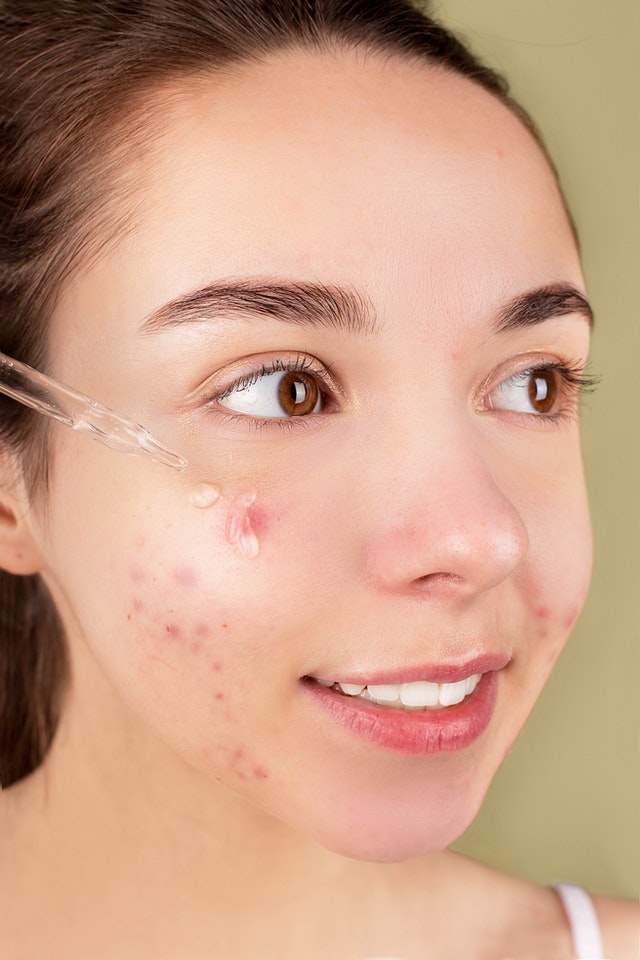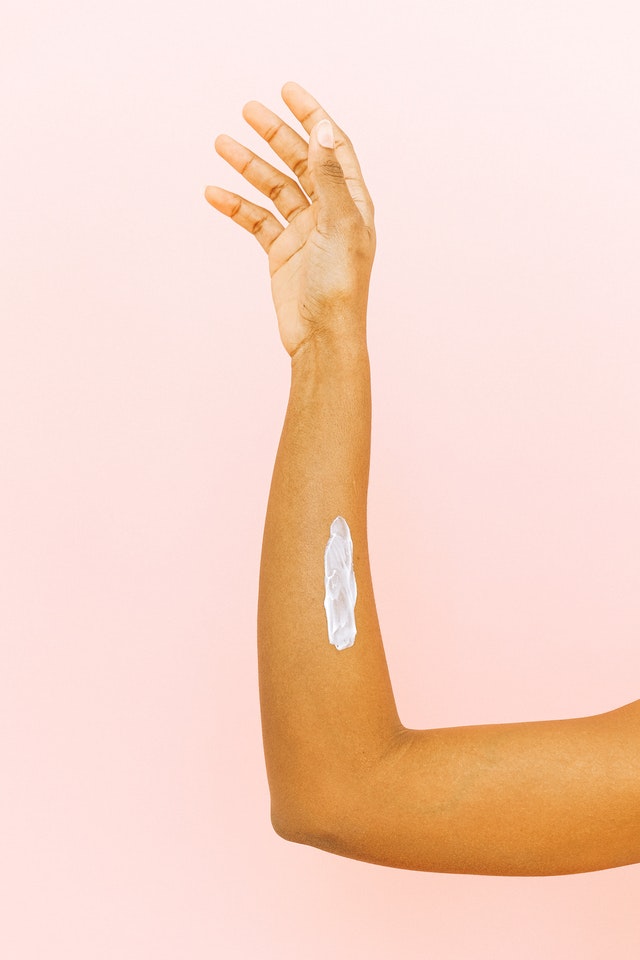Your Complete Guide to Retinoid Use this Winter
Are you thinking of modifying your skincare routine this winter? Or are you thinking of adding an anti-aging, retinol-containing product to your routine? Maybe you’ve already been using retinol, but your skin isn’t taking it too well? If any of the above scenarios describe your present situation, then this retinol guide is for you, dear reader.
We’ve tried to compile all the information you might need to successfully use this compound as a part of your skincare routine this year.
Ask a dermatologist today if you have any seasonal skin concerns!
First up, a basic introduction to vitamin A derivatives:
Vitamin A derivatives can be oral formulations, or topical (i.e. need to apply on your skin). The topical preparations can be divided into over-the-counter products and prescription products.
Over the counter, topical Vitamin A derivatives consist of mainly retinol, and retinaldehydes or retinol esters. These are milder and thus take longer to show results (typically >6 months). Furthermore, they have a lower risk of side effects and thus are deemed safe to be sold over the counter.
The prescription based molecules consist primarily of adapalene, tretinoin, and tazarotene, in increasing order of intensity. Adapalene is the mildest, and tretinoin is available in different strengths. Tazarotene is the strongest and is in fact used to treat certain severe skin conditions and skin cancers, and is not typically used for acne or antiaging.
So how do retinoids act?:
Topical retinoids exert a WIDE variety of effects on your skin, most of which are beyond the scope of this article. They include – increasing skin cell turnover, unclogging pores, reducing oil (sebum) production, reducing the size of oil glands, breaking down comedones, reducing fine lines and wrinkles, promoting collagen deposition…the list goes on. Suffice to say, if there ever was a magic potion for your skin, retinol is it.
How should one start using retinoids?:
Consider phasing in. Start small. It is always better to consult a dermatologist for a product recommendation that will suit your specific needs and your skin type. Additionally, while using any new product, it is ideal to perform a patch test for the first five days before you start applying the product on your face (apply the new cream/product onto a small patch of skin -inner elbow or behind your ear- and watch for reactions). Once your patch test is out of the way, start applying the product only twice a week to begin with. As your skin gets used to the effects, you can slowly increase the frequency of application over the next few months.
Using a high SPF sunscreen two or three times in the day, along with bedtime use of retinoids is the way to go forward.
Now coming to winters and retinol, this combination can either work out really well for you or at times it can lead to a lot of unwanted effects on your skin. However, if you use retinol wisely, as outlined below, you should be fine to continue using them throughout winter.
The keys to retinoid use in winters are:
- Use a pea-sized amount of the product for the entire face. If applying on the neck, use another pea-sized amount. Remember, less is more, only use enough for a thin, even coat.
- Do not vigorously rub or massage your retinol-containing product onto the face, ever.
- Consider alternate day applications during winters instead of daily, especially if you notice skin peeling and dryness.
- Do not mix up too many actives all at once. Stick to the one or two ingredients you feel help you the most.
- Layer with thick moisturisers, about two hours after the retinoid has been applied. For those with very sensitive skin, use the “sandwich” technique, where you apply a moisturiser both before and after applying the retinoid product.
- Moisturise well and often, during the daytime.
- Do NOT forget sun protection. This is really the most important part of your anti-aging routine.
Remember, if you do see signs such as mild redness, skin peeling, this is the product working. However, it is never a good idea to ignore such effects and you should get them checked, to make sure you are not developing “retinoid dermatitis”. However, some mild side effects are often noticed in the first few weeks of application, which settle with correct usage and good moisturisation, as your skin develops tolerance to the retinol.
Ask a dermatologist today if you have any skincare-induced skin concerns!
We end this by saying that, if in spite of everything suggested above, you find that retinol is not suiting you well, you can ask your doctor and switch to bakuchiol, which is a gentler alternative.
Image Courtesy:
- Photo by Anna Nekrashevich from Pexels
- Photo by Anna Shvets from Pexels
Ask a Dermatologist
Anonymous, fast and secure!

Dr Aayushi Shah is a practising dermatologist from India, currently based in the UK. She has 5 publications has authored chapters covering a wide range of topics, including chronic urticaria, psoriasis, and skin moisturisers. She also works as a Medical Editor, and enjoys blogging in her free time.



